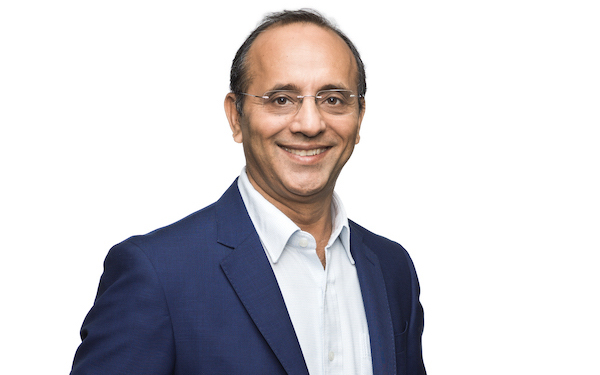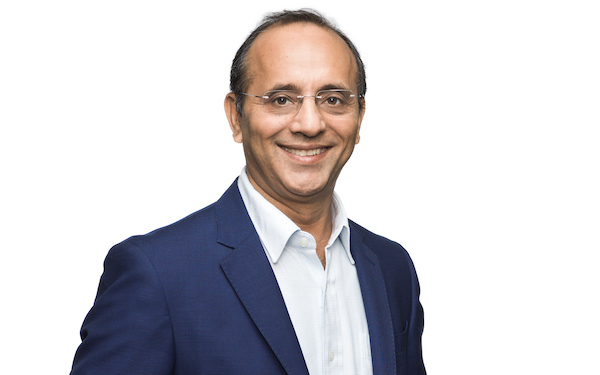[ad_1]

M1 CEO Manjot Singh Mann (pictured) told Mobile World Live (MWL) the operator’s 5G strategy involves focusing on the diverse enterprise segment, along with detailing the status of an ongoing transformation journey designed to reduce the cost of delivering services.
In an interview, Mann explained if M1 does not seek to differentiate itself, the only option is to move to lower-priced data plans. Being able to customise its offering is part of a long-term plan to transform its operations.
M1 commenced an ambitious five-year programme to completely overhaul its back end technology in 2020, with 90 per cent of its OSS and BSS assets moved to the cloud, enabling it to perform analytics and generate actionable insights quickly, he stated.
Its technology stack was 27 years-old, with legacy systems requiring major customisation, making it difficult to quickly introduce new products.
A key objective of its digital transformation is to lower costs by improving operational efficient and enable it to reduce its retail footprint.
“If ARPU is stable or grows, churn declines and the cost to serve does down, it has a multiplier effect on customer lifetime management.”
M1 is in the process of migrating all retail consumers to the new digital platform, with the aim of completing the move by Q3 or the year end.
He argued its ability to create personalised services “is something nobody else” in Singapore “can offer because our platform is cloud based”.
The company is a subsidiary of conglomerate Keppel. Mann suggested Singapore is probably the world’s most competitive market, with four MNOs and about ten MVNOs serving a population of 5.5 million.
5G impact
The operator deployed nationwide standalone (SA) 5G coverage in late 2022 and is registering a 35 per cent to 40 per cent jump in data consumption compared with 4G.
Since it charges a premium for 5G service over LTE, Mann said mobile revenue and ARPU have increased.
“Clearly there is an uplift. I think there is an opportunity, but it’s a competitive market and it just takes one [operator] to have a negative impact. We don’t want to go that direction.”
In the worst case, he said M1 is not assuming ARPU will rise in the long term. “In the best case, it will go up” he noted, adding even if the figure does not grow “at least it isn’t going down”.
Engaging more with 5G customers requires providing the right services, the main driver behind M1’s revamp and push to deliver hyper-personalised services.
The government awarded licences for two SA 5G networks in April 2020 to StarHub and M1 joint venture Antina and Singtel.
He praised the government’s approach to assigning 5G licences, noting it didn’t spend as much money on spectrum as it otherwise would have, allowing it to deploy the capital in other areas including enterprise capabilities.
Regional partnerships
Mann believes there is more to gain from the enterprise segment than the consumer market. “We realised there is a huge market potential for SA 5G in the enterprise space”, he said, citing opportunities to improve safety and security by deploying applications for remote maintenance and monitoring.
In the mobile space, M1 is not looking to expand outside of Singapore as all markets are fiercely competitive, with the number of players shrinking in some. “We will take an enterprise route to expand in the region.”
As it develops services for the enterprise market in Singapore, he sees an opportunity to take the offering to other countries in the region by partnering with service providers, which are still talking about issues including spectrum, non-standalone and SA.
M1 is looking at an asset light model, which dovetails the strategy of Keppel.
In 2021 M1, together with subsidiary AsiaPac Technology, acquired a 70 per cent stake in Malaysia-based cloud systems provider Glocomp Systems.
Like that acquisition, he said M1 is exploring options in other countries to find areas where it could work with like-minded companies.
Mann noted M1 is working with its parent and AsiaPac Technology to create hybrid cloud services, which are the foundation of its enterprise business and a key growth driver.
Key obstacles
The company’s biggest challenge is attracting and retaining talent, and supporting staff to develop new skills, he said.
“How do you ensure people will keep up with the changing technologies? The life span of technologies has dropped dramatically.”
With soaring demand for digital skills, he said M1 is competing for the best minds in Singapore and the region, and has worked to rebrand to be able to attract digital natives. “The people piece is extremely important.”
[ad_2]
